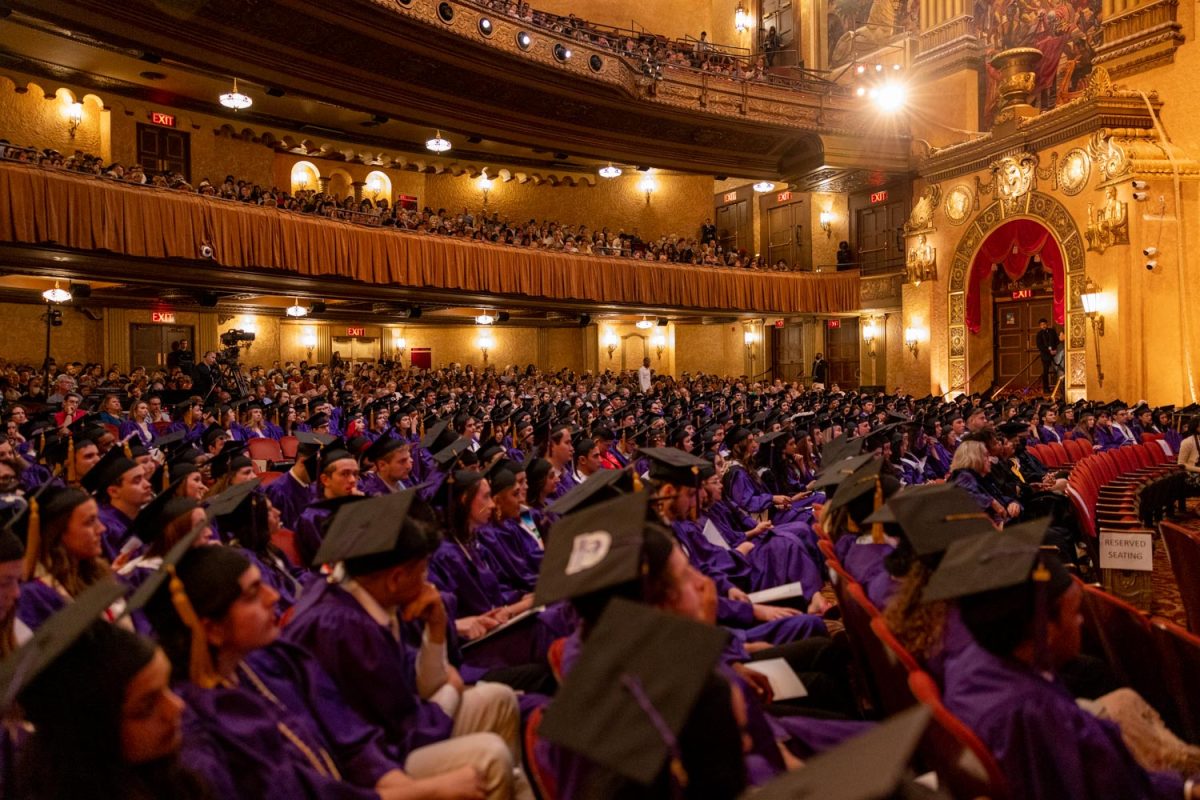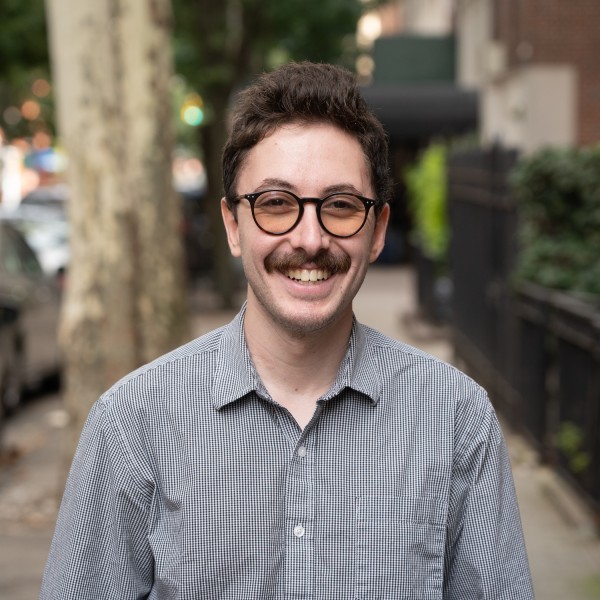Guest essays reflect opinions from writers beyond WSN. If you’d like to submit a guest essay for consideration, please email [email protected].
When deciding where to pursue my master’s, I chose NYU’s Gallatin School of Individualized Study over a master’s psychology program because I also wanted to take courses in technology studies and writing. As I parsed through courses on Albert, my intellectual journey felt limitless — until I tried to enroll in them.
Gallatin’s Master of Arts program touts that students can design their educations by taking up to 26 of their 40 required course units across disciplines. In reality, students pursuing a Gallatin master’s degree face strict course restrictions that inhibit their interdisciplinary focus. Not advertising these limitations draws students to choose Gallatin for its uniqueness, locking them into a program that is unlikely to meet their needs.
“I felt so free and had so many options in undergrad,” Mimi Ginsburg, who studied at Gallatin for her undergraduate degree and came to Gallatin for a graduate degree in mental health and creative writing, said. “But I’ve felt so constricted in graduate school.”
Although the Gallatin website reports some course restrictions, the school underreports how widely these restrictions are enforced.
As of February 2024, the website indicates that 13 departments in the Graduate School of Arts & Science restrict or limit outside enrollment in their courses. However, in Albert, over 200 GSAS courses are restricted, meaning that they require departmental consent or do not permit outside enrollment at all.
Typically, departments that permit external students require that they wait until after registration has opened for their students to enroll. However, because most master’s courses are seminars, these often fill up by that date.
“I’m on waitlists a lot,” a Gallatin student who preferred to be anonymous said. A spring course they wanted to take was closed in early December, the day it was supposed to open to non-majors. Luckily, after three months of waiting, a space in the course opened up one week into the semester, requiring them to readjust their schedule at the last minute. “It’s been emotionally frustrating,” they said.
At worst, these policies prevent Gallatin students from taking courses that would be foundational to their interdisciplinary concentration — concentrations that they had described Gallatin in their admissions applications. While Gallatin students are known to pivot their focus, we should question whether course restrictions drive this phenomenon.
“The prerequisite Stern course that I need to take, Introduction to Marketing, is always unavailable, and it’s required for film courses such as the Business of Producing and Movie Marketing,” said Caitlin Ouano, who studies film. Four semesters into taking courses at Gallatin, Ouano has only been able to get into one business course. “I was really hoping for a business-focused major, but now I just have more of a film/arts degree.”
While course restrictions imposed by other departments might be reasonable for specialized courses that require previous knowledge, even highly skilled Gallatin students cannot get into the courses that would advance their craft.
Before studying at Gallatin, Londyn Alexander trained as a dancer in college. At a Gallatin information session for prospective students, she asked if she would be able to train with dance majors at Tisch School of the Arts while pursuing an interdisciplinary focus. “Technically you’re not allowed, but you can get into them,” she recalled being told.
Now in her final semester, Alexander has only been able to take one Tisch course with other trained dancers. To supplement, she has taken private lessons and Tisch Open Arts courses, which are designed for non-dancers. “I ended up being more of a TA and helped lead those beginner classes,” she said.
As a first step, Gallatin should closely track the outcomes of students’ attempts to take courses. Through a survey or pulling administrative data from other departments, they should aim to answer the following: Which courses and departments tend to interest students and which ones tend to reject their enrollment? This exercise, if ongoing, would provide foundational data for the experience of interdisciplinary study at the master’s level.
Next, it is Gallatin’s ethical obligation to make clear in its outward communications, at info sessions and on its website, that interdisciplinary study is possible with only a limited list of departments. For example, in GSAS each department places their own set of restrictions, so Gallatin should set clear parameters before students apply.
In acceptance letters, Gallatin highlights that certain courses “may be limited or restricted” or “may require departmental approval to register.” However, it is too late to establish this when students have already dedicated hours of work to applying to Gallatin and enrolling, sometimes enticed by scholarship money or tuition remission. The program should know that its vague verbiage possibly triggers optimism bias in students. Saying that “courses may be limited or restricted” while providing an inexhaustive list of those restrictions does not convey that students’ enrollment often depends on luck rather than merit or previous experience.
More ideally, Gallatin should negotiate with other schools to reserve spots for their incoming master’s students rather than leave new students to advocate for themselves and navigate a new school system. For example, having admitted Alexander for dance, Gallatin should have better negotiated with Tisch before she arrived to allow her to audition to take classes with dance students.
Gallatin has a unique and worthy mission — it is one of the only programs in the country that offers interdisciplinary study at the master’s level. But if it doesn’t make concerted efforts, the program is responsible for misleading students. If enrolled students are to leave Gallatin, they’ll need to apply to graduate schools again.
“If they communicated that the likelihood [of getting into courses] is not high, at least they could say they were honest,” Alexander said.
WSN’s Opinion section strives to publish ideas worth discussing. The views presented in the Opinion section are solely the views of the writer.
Contact Eliane Mitchell at [email protected].
























































































































































